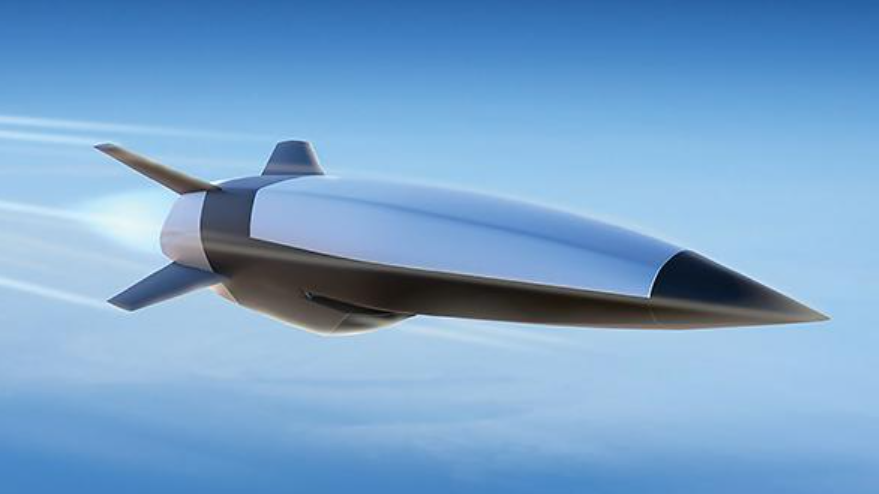
Hypersonic weapon
Credit: Raytheon
LONDON—The UK government wants a seat at the table in the development of hypersonic weapons and has begun laying out a road map that could lead to the development of a hypersonic strike capability. Tender documents published by the UK defense ministry in early July reveal plans to expand the UK’s...
Subscription Required
This content requires a subscription to one of the Aviation Week Intelligence Network (AWIN) bundles.
Schedule a demo today to find out how you can access this content and similar content related to your area of the global aviation industry.
Already an AWIN subscriber? Login
Did you know? Aviation Week has won top honors multiple times in the Jesse H. Neal National Business Journalism Awards, the business-to-business media equivalent of the Pulitzer Prizes.





